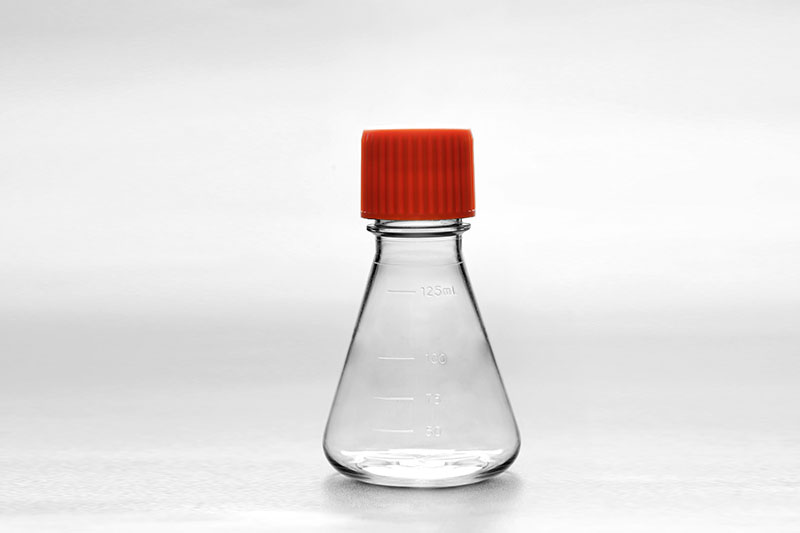Cell Culture Erlenmeyer Shake Flasks are commonly used consumables for suspension cell or bacterial culture, and can be used for cell culture scale-up in laboratory or industrial production processes. High-quality products need to meet relevant quality requirements. In the quality inspection project, sensitization test is a very important item.
Antigenic or haptenic chemicals that increase the specific sensitivity of the body. Chemicals that have a sensitizing effect are called chemoallergens or chemosensitizers. The sensitization test of the cell culture erlenmeyer shake flasks is a test to determine whether the test substance is an allergen and the sensitization intensity. Most of the test animals are guinea pigs, and the test substances are mostly pure chemical products. The dose to be used is determined by the experiment, starting with the maximum dose that does not produce symptoms of systemic toxicity or local irritation. The number of exposures can be one or more. The challenge test is carried out 2 to 4 weeks after the sensitization exposure, and the presence or absence of sensitization and the intensity of sensitization are judged according to the local reaction or systemic reaction.
FuDau 125ml Cell Culture Erlenmeyer Shake Flasks
Through the sensitization test, it is determined that the consumables do not contain allergens that cause allergies to cells and affect their growth. This is a very important factor in the process of cell culture, and it is also the focus of researchers when choosing consumable products.
Sensitization test is only one aspect of the quality testing of erlenmeyer shake flasks, in addition to in vitro toxicity test, intradermal stimulation test, intradermal reaction test, acute systemic toxicity test, hemolysis test, etc., to ensure product quality.
The FAI climbed 5.9 percent year-on-year in the first 11 months of 2018, quickening from the 5.7-percent growth in Jan-Oct, the National Bureau of Statistics (NBS) said Friday in an online statement.
The key indicator of investment, dubbed a major growth driver, hit the bottom in August and has since started to rebound steadily.
In the face of emerging economic challenges home and abroad, China has stepped up efforts to stabilize investment, in particular rolling out measures to motivate private investors and channel funds into infrastructure.
Friday's data showed private investment, accounting for more than 60 percent of the total FAI, expanded by a brisk 8.7 percent.
NBS spokesperson Mao Shengyong said funds into weak economic links registered rapid increases as investment in environmental protection and agriculture jumped 42 percent and 12.5 percent respectively, much faster than the average.
In breakdown, investment in high-tech and equipment manufacturing remained vigorous with 16.1-percent and 11.6-percent increases respectively in the first 11 months. Infrastructure investment gained 3.7 percent, staying flat. Investment in property development rose 9.7 percent, also unchanged.
 English
English



















































